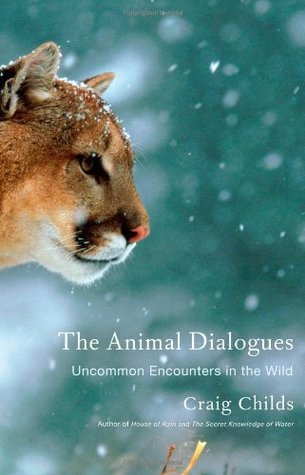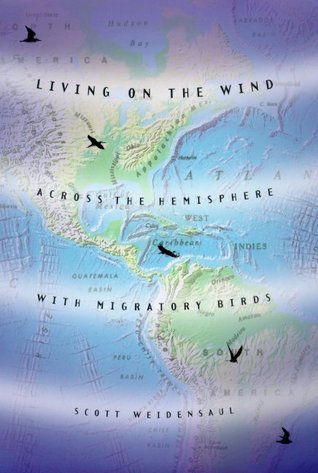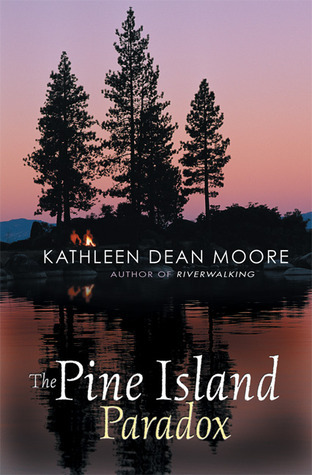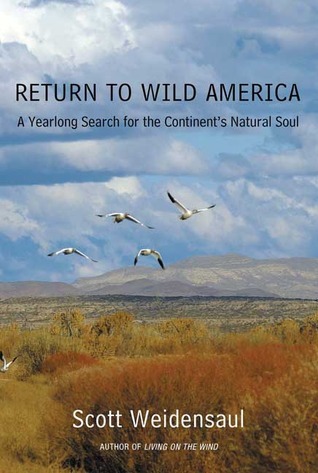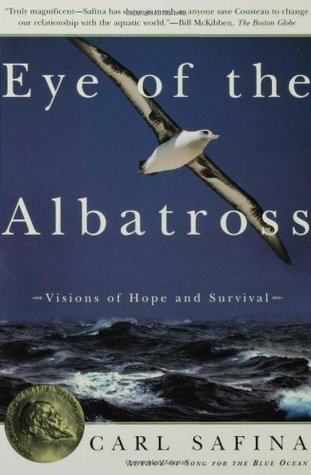
Eye of the Albatross: Visions of Hope and Survival
Book Description
Soaring over the vast, unforgiving ocean, the albatross becomes a symbol of resilience and a beacon of hope. As its plight unfolds against the backdrop of environmental collapse, the intricate tapestry of life reveals its fragile threads. Through stunning narratives of survival and the interconnectedness of all creatures, a powerful truth emerges: human actions ripple through the ecosystem, leaving indelible marks. Amidst the struggle, an urgent call to action resonates, urging a reckoning with our choices. How far are we willing to go to restore balance and protect the wonders of our world?
Quick Book Summary
"Eye of the Albatross" by Carl Safina is a profound exploration of the life and fate of the albatross, using its journey as a lens to examine the broader environmental challenges facing the natural world. Safina follows the path of seabirds across the Pacific, weaving together scientific insight, personal observations, and evocative storytelling. He highlights the intricate web of life in marine ecosystems, revealing how deeply interconnected all species are, including humans. As he chronicles the resilience and trials of the albatrosses, he also confronts the dire impact of human activities—pollution, overfishing, and climate change—on oceans and wildlife. Yet, amid the vulnerability of these majestic birds and the threats they face, Safina finds hope in nature's ability to endure, and he issues a powerful call for greater care, respect, and responsibility toward the world we share.
Summary of Key Ideas
Table of Contents
The interconnectedness of ocean life
Carl Safina embarks on an immersive journey, largely through the perspective of an albatross named Amelia, to reveal the intricate lives of seabirds and their role in ocean ecosystems. By tracing the migratory routes of albatrosses and observing their breeding and survival strategies, Safina illuminates how these birds are not just isolated wonders but vital participants in the biological web that sustains the planet. His encounters emphasize the ways in which the health of albatross populations reflects the broader state of the oceans.
Human impact on marine ecosystems
Throughout the book, Safina provides vivid accounts of the threats facing marine life, particularly those driven by human actions. He delves into the issues of plastic pollution, longline fishing, and habitat destruction, drawing connections between distant human societies and the remote habitats of the albatross. These stories underscore the extent to which human choices ripple through the ecosystem, causing consequences that often go unseen. Safina blends scientific findings with emotional narrative, illustrating the scale and urgency of the crisis.
Resilience and adaptation in nature
Despite the daunting challenges, Safina uncovers stories of remarkable resilience in albatrosses. Their ability to adapt to changing conditions—soaring for thousands of miles, skillfully navigating ocean winds, and nurturing their young in harsh environments—inspires awe. These survival strategies demonstrate the adaptability of nature facing adversity. However, Safina makes clear that even such evolutionary marvels are not immune to unchecked environmental exploitation.
The albatross as a symbol of hope and warning
The albatross emerges as both a beacon of hope and a harbinger of warning for humanity. Safina situates the bird as a symbol for the broader environmental predicament, embodying both the majesty and vulnerability of nature. Through intimate anecdotes and encounters, he fosters empathy for the bird's plight, gently urging readers to reflect on their relationship with the natural world and the consequences of their behaviors.
The moral imperative for conservation
Ultimately, Safina calls for a moral reckoning, advocating for a transformation in how humans interact with the environment. He paints conservation not merely as a scientific or political issue, but as a profound ethical responsibility. Through "Eye of the Albatross," readers are invited to recognize the beauty, complexity, and fragility of our world, and to respond with stewardship and hope, striving for a future in which humanity and the environment can thrive together.
Download This Summary
Get a free PDF of this summary instantly — no email required.

